Xiaomi just planted a flag in the Android update race, officially launching HyperOS 3 with Android 16 to users worldwide. Not another incremental patch. It is Xiaomi putting itself next to Google and Samsung as one of the first big names to deliver Android 16 to consumers globally. The rollout kicked off with the Xiaomi 15T series in Europe, and what stands out is Xiaomi's evolved software play, speed without tossing stability aside across a sprawling device lineup.
The 15T series leads the charge
Smart call. Xiaomi led with its mid-range 15T series instead of a halo flagship. The update is currently available for select users with specific build numbers, OS3.0.3.0.WOEEUXM for the 15T and OS3.0.4.0.WOSEUXM for the 15T Pro. That choice is less about regional preference, more about risk control. Start where most users live, catch issues early, and protect the premium image.
European users get first dibs, which fits the market's strict regulations and robust feedback loops. Starting on October 25, Xiaomi lined up one of the fastest Android 16 implementations outside Google. The timing squares up against Samsung's usual schedules and builds confidence in Xiaomi's software reliability.
The phased deployment approach extending to other regions in the coming weeks shows lessons learned across the industry. Do not rush the world at once. Prioritize stability, keep the momentum.
What makes HyperOS 3 special?
HyperOS 3 is not just Android 16 in a Xiaomi suit. According to Xiaomi, the update introduces smoother animations, cleaner icons, and customizable layouts that enhance daily usability. The little moments matter, those tiny friction points that add up over hundreds of taps.
Performance gets a real lift. Expect faster app launches, improved power management, and enhanced connectivity between Xiaomi devices across the ecosystem. The cross-device sync becomes more valuable as people stack Xiaomi products at home, a quiet nudge toward ecosystem stickiness.
The headline trick is "Hyper Island," Xiaomi's answer to Apple's Dynamic Island with added versatility. Floating notifications, multitasking, deeper Android integration, plus customization. It nods to Apple, then pushes the idea in a more flexible direction.
The massive rollout timeline ahead
Here is the shape of it. Phase 1 includes the Xiaomi 15 series, Redmi Note 14 lineup, and Poco F7/X7 models, all scheduled for October-November 2025. Newest flagships, popular mid-range workhorses, and the core of the active base.
Phase 2 adds depth to that promise, the Xiaomi 14 series, Poco F6 lineup, and various Redmi models between November and December 2025. Bringing year-old flagships into the early wave signals longer relevance after purchase.
Phase 3 makes the big statement, older flagships like the Xiaomi 13 series and additional Poco devices through March 2026. That three-year support arc tackles Android's longevity criticism head-on. Including tablets and budget models in the update schedule shows the commitment is not only for the most profitable phones.
What this means for the Android ecosystem
Xiaomi's quick Android 16 push sends a loud message: update speed is no longer a perk reserved for premium phones. Joining Google and Samsung as some of the first to provide stable Android 16 puts pressure on brands that still treat timely updates as an afterthought for anything below flagship.
HyperOS 3 folds in essential Android 16 improvements like enhanced security, better privacy controls, improved multitasking, and more efficient background process management without ditching Xiaomi's customization. Flexibility with consistency, choice without chaos.
This update reflects Xiaomi's continued effort to close the software gap with premium competitors while maintaining its reputation for value-driven devices. Deliver a flagship grade experience across price tiers, keep people upgrading within the ecosystem, and make switching feel unnecessary.
The road ahead for HyperOS 3
Zooming out, Xiaomi's HyperOS 3 rollout sets a fresh baseline for Android updates. Phased waves, wide coverage, steady comms, with clear communication about notifications appearing in system updaters as the rollout progresses. That transparency builds trust and keeps expectations in check.
If you are eager, you can manually check for updates through Settings → About Phone → System Update. Availability still depends on region and model, so patience may be part of the process.
The ripple effect goes beyond Xiaomi's own users. With an aggressive timeline and broad device support, the company shows that timely software does not require premium pricing. When a value-focused brand ships Android 16 ahead of many premium names, everyone else has to rethink priorities.
If this rollout lands as planned, other manufacturers will take notes. Speed, stability, and broad support, all at once, are no longer a dream; it is the new bar in a software-driven smartphone market.








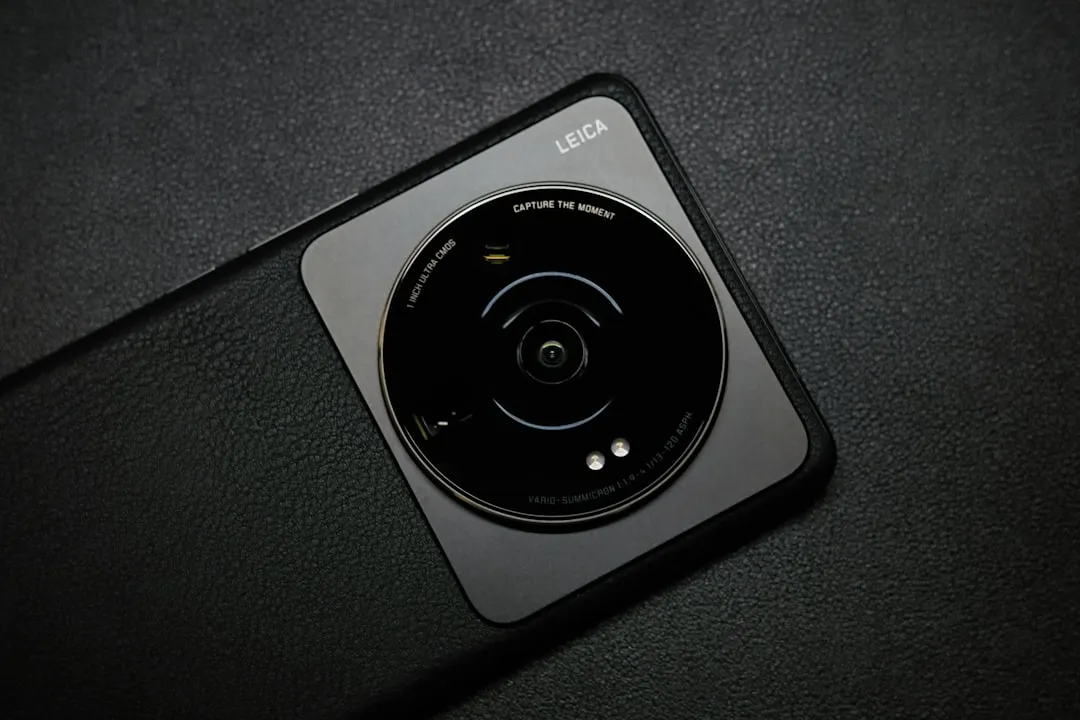



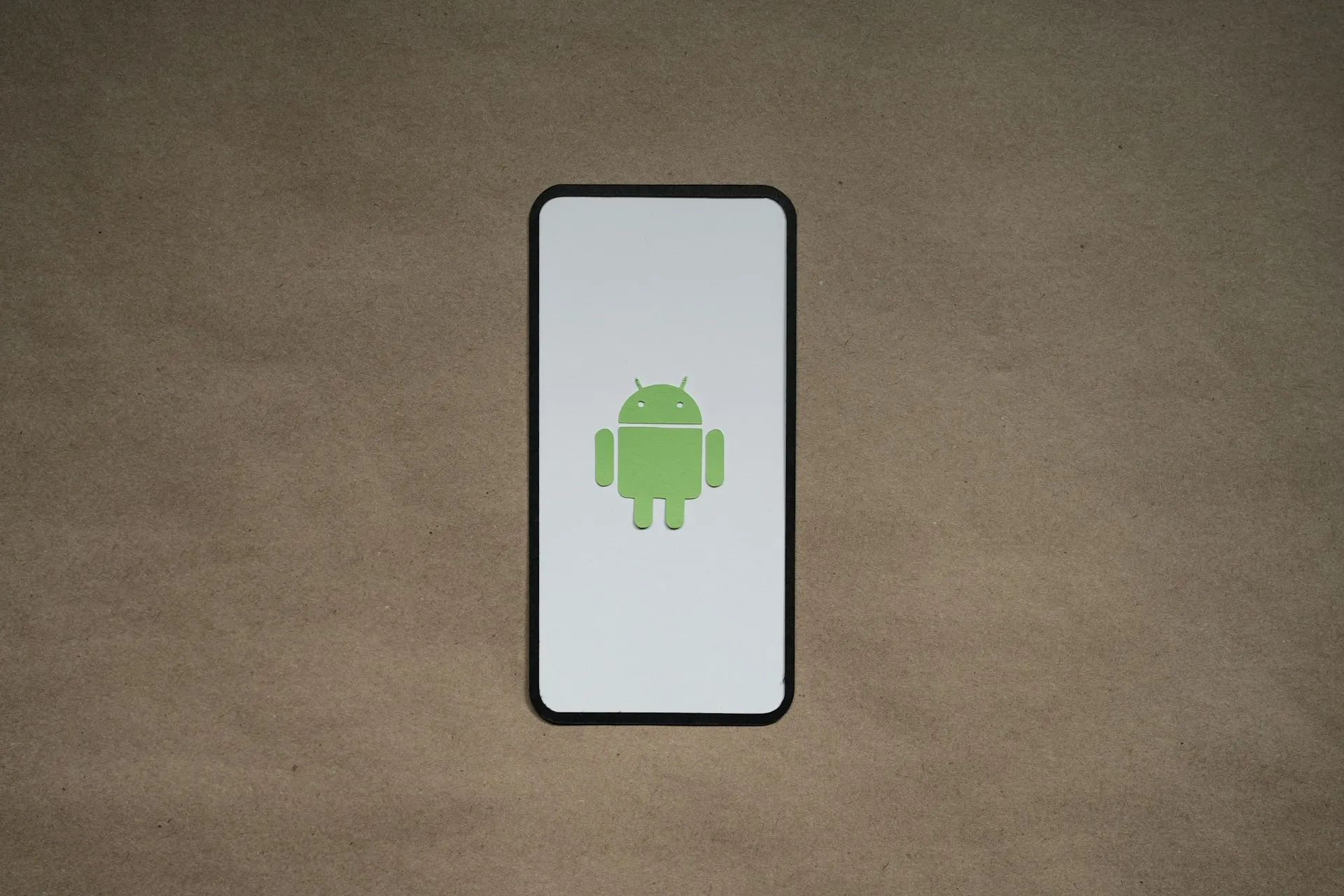

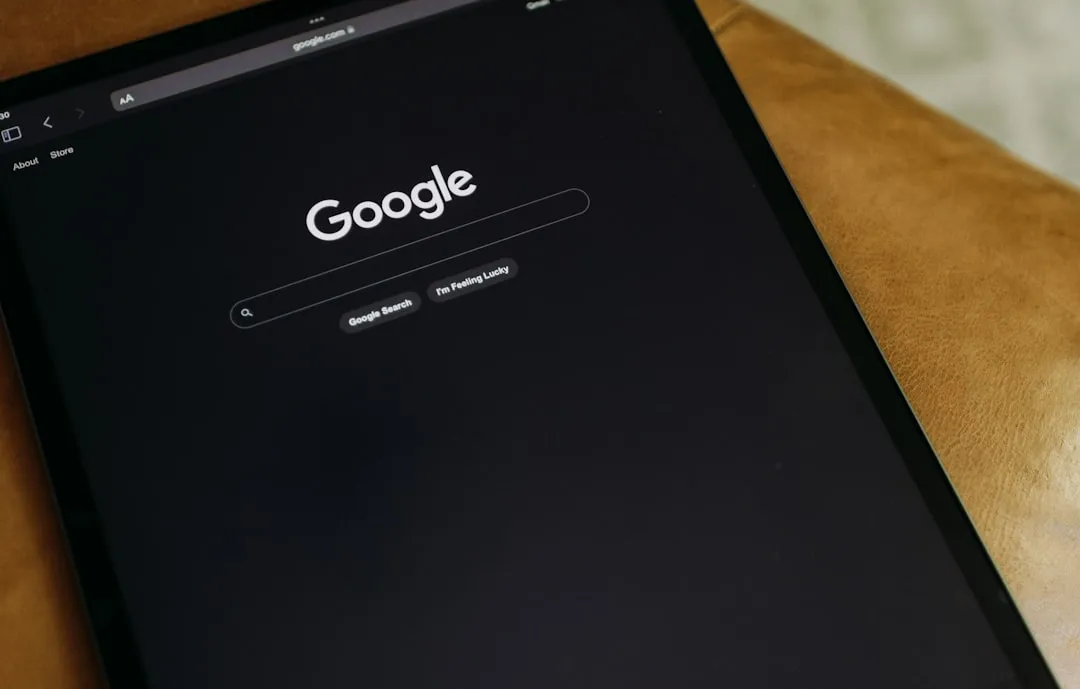
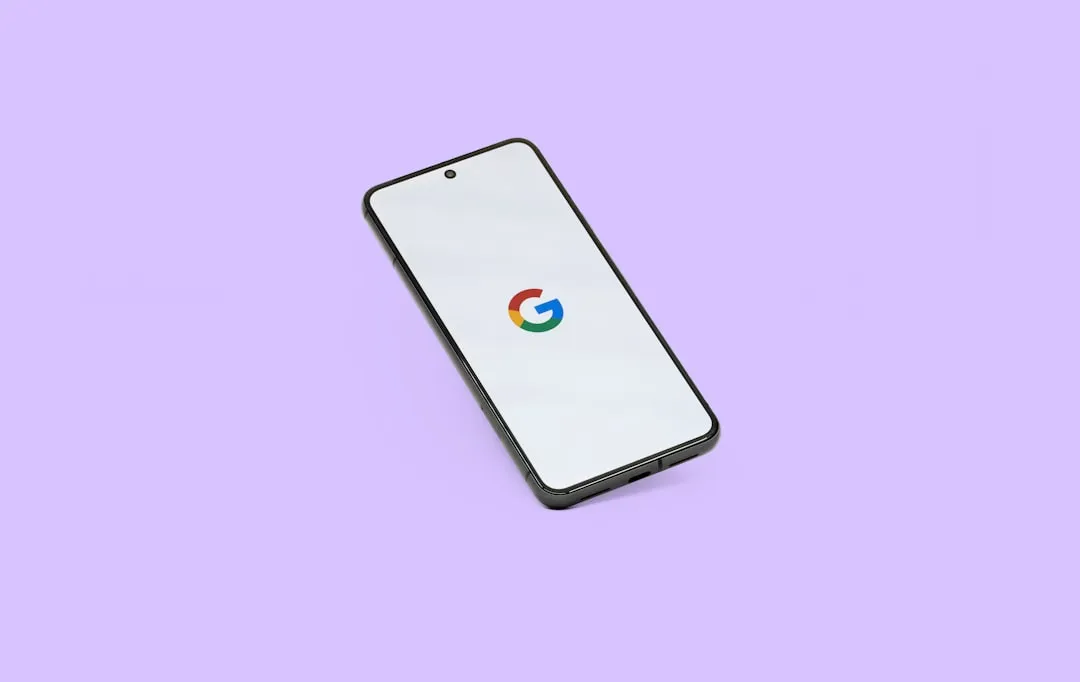
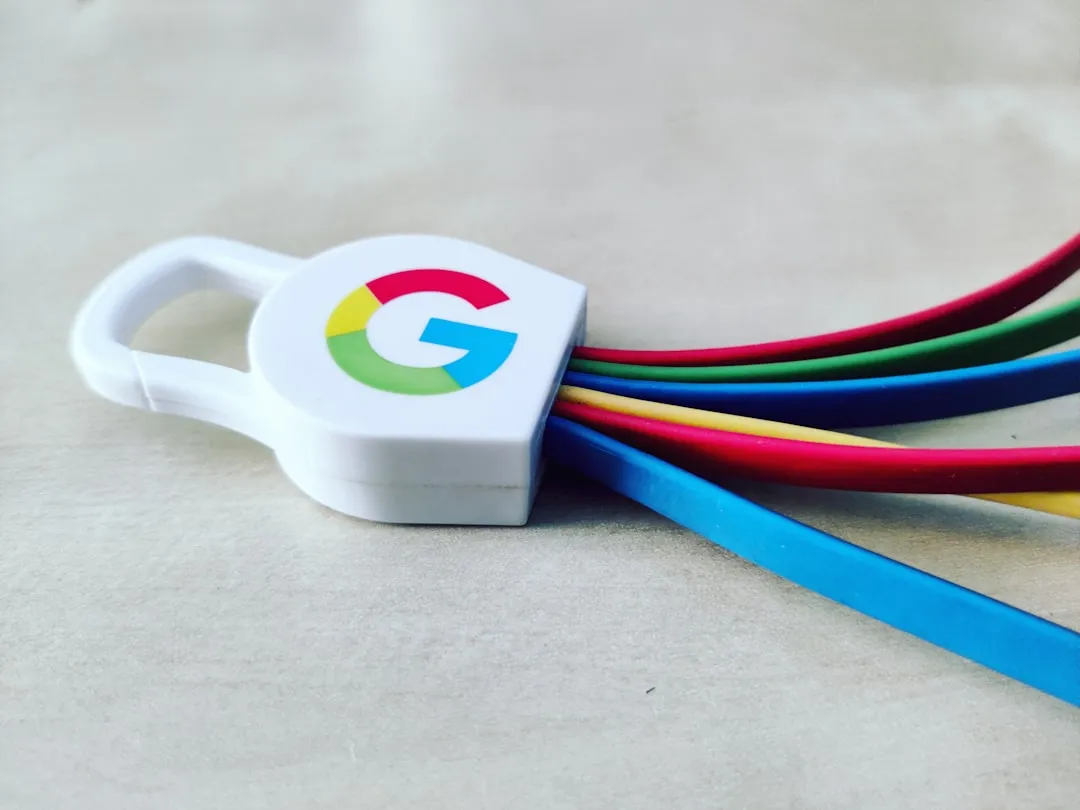
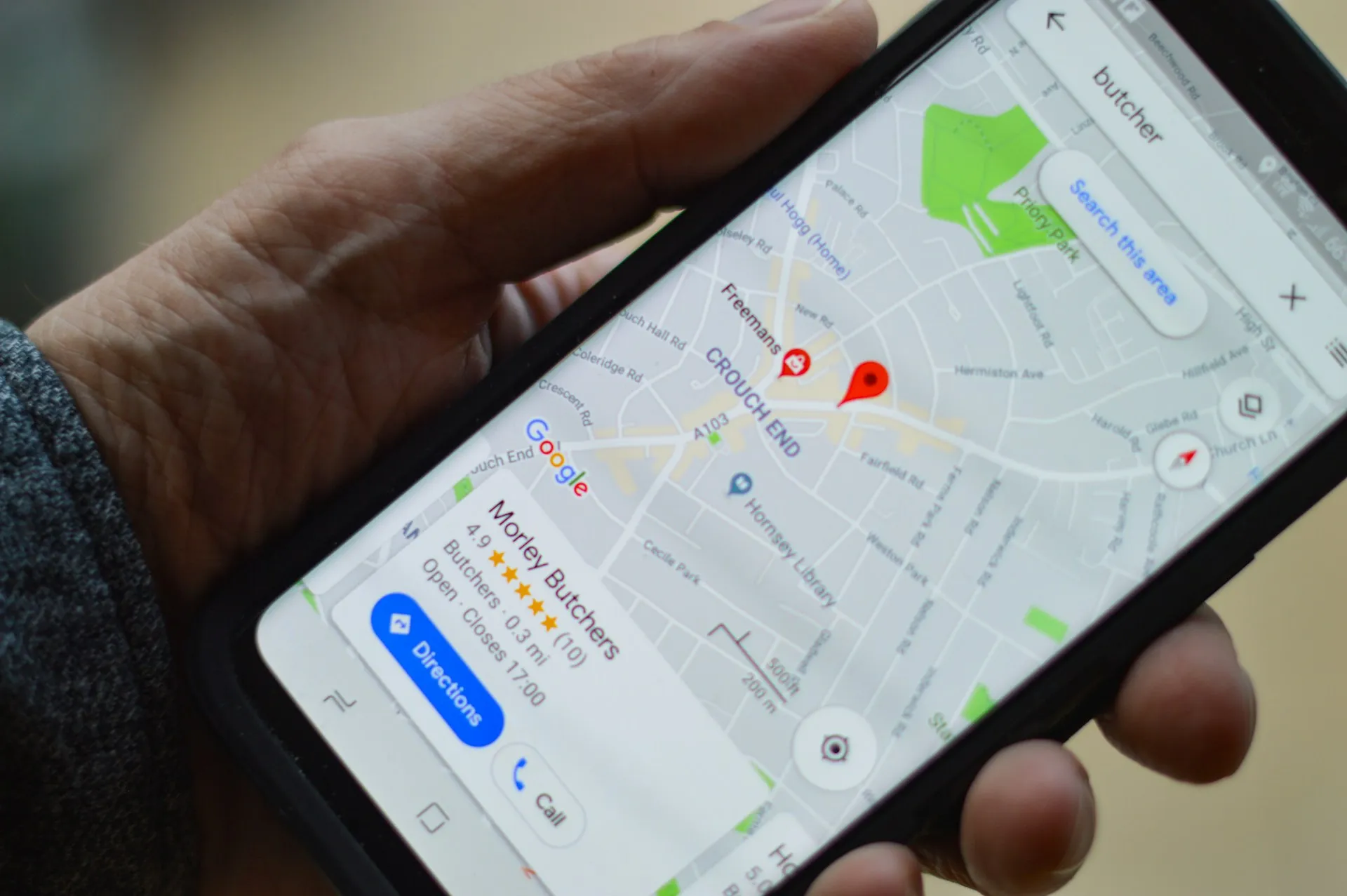
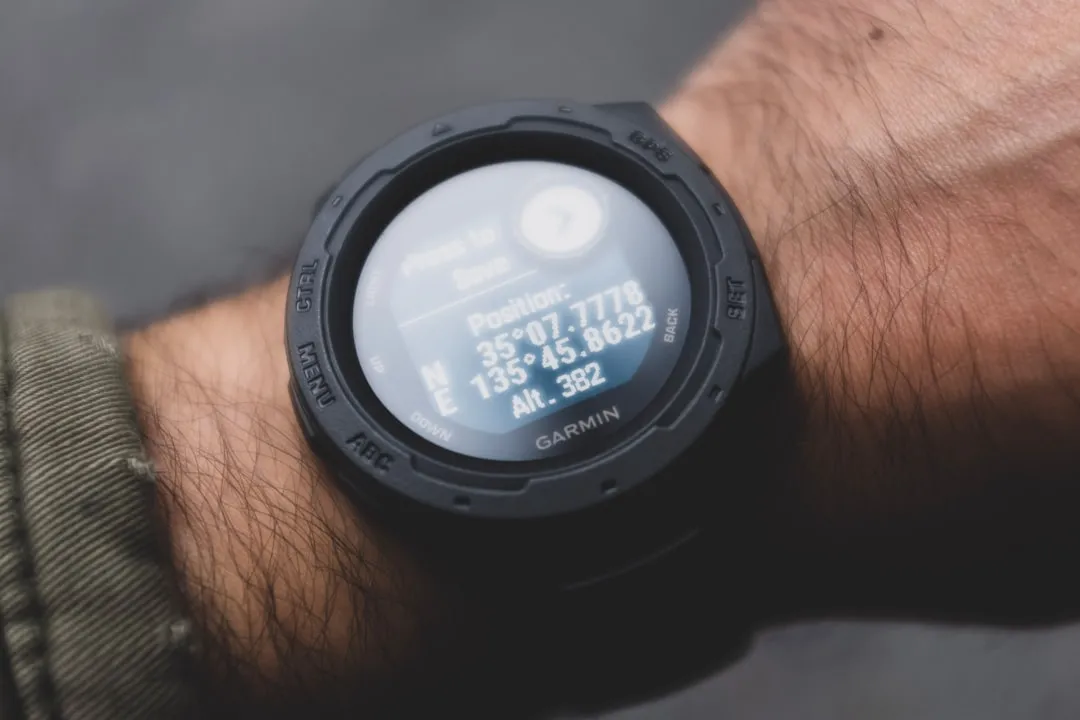

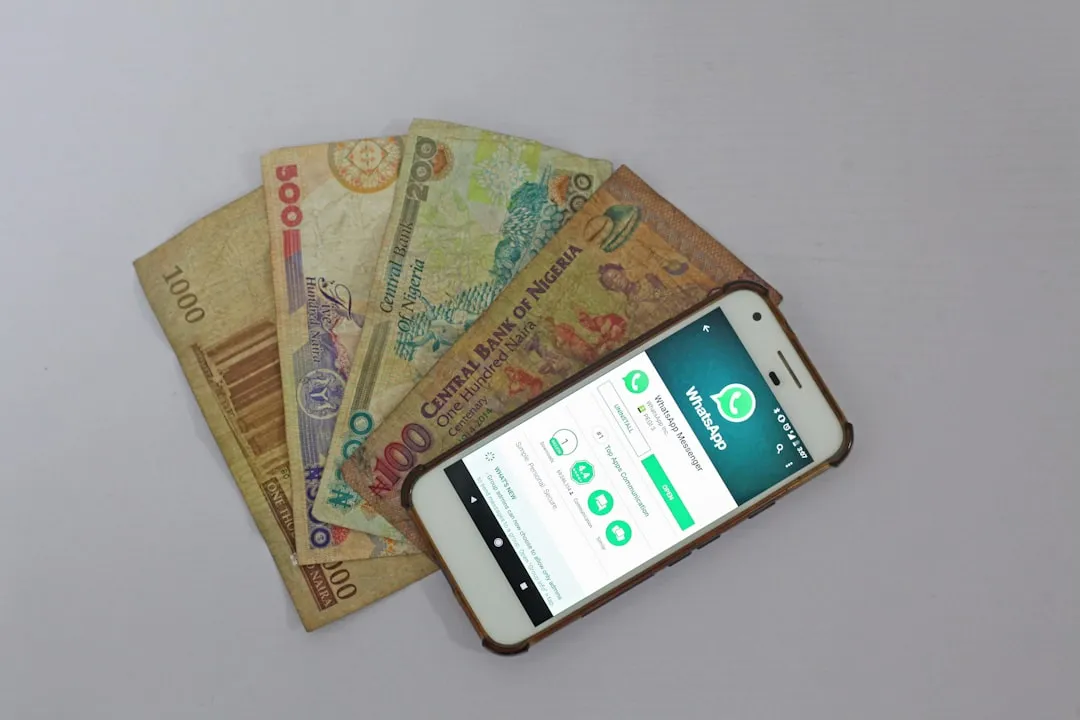
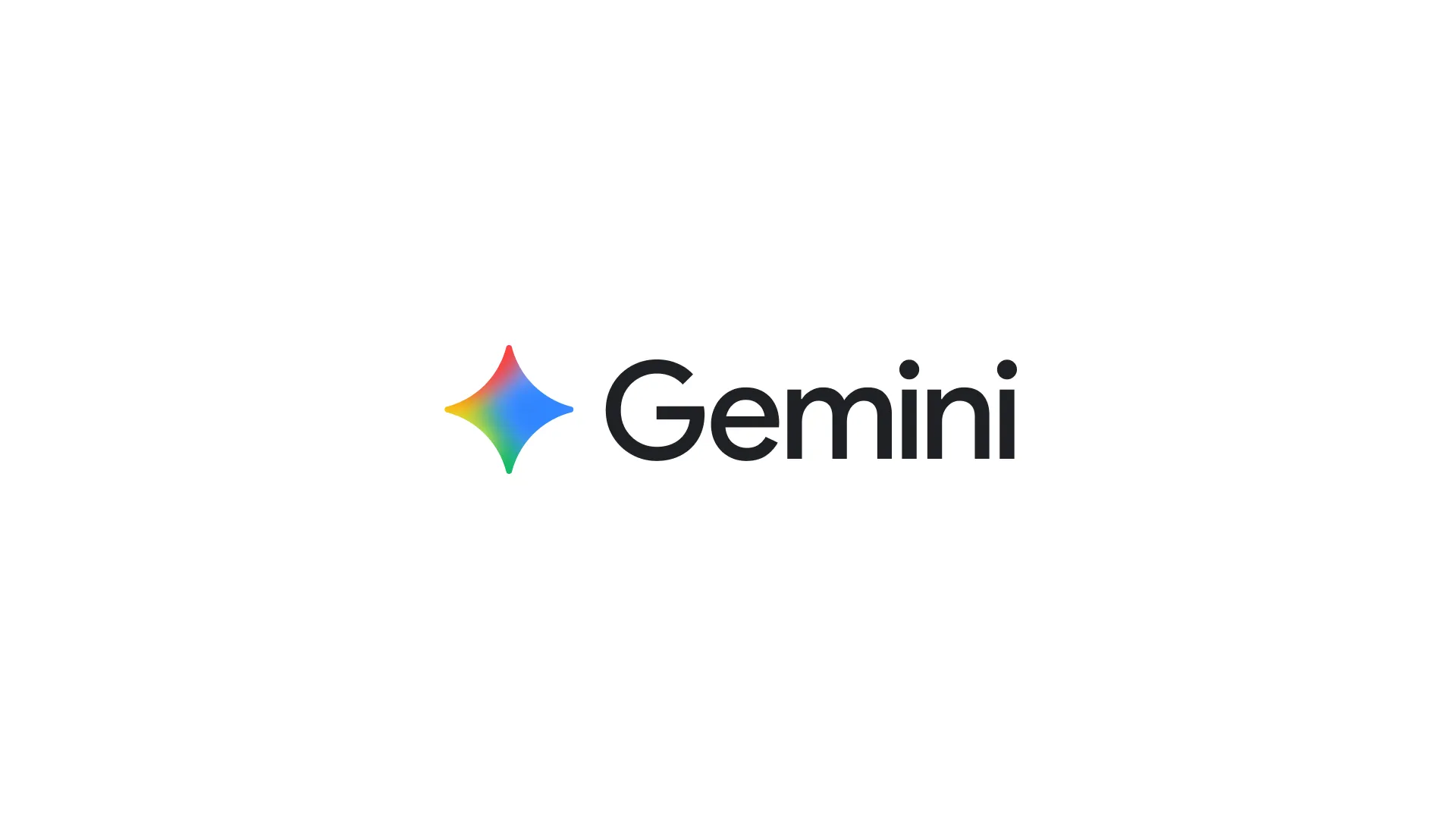


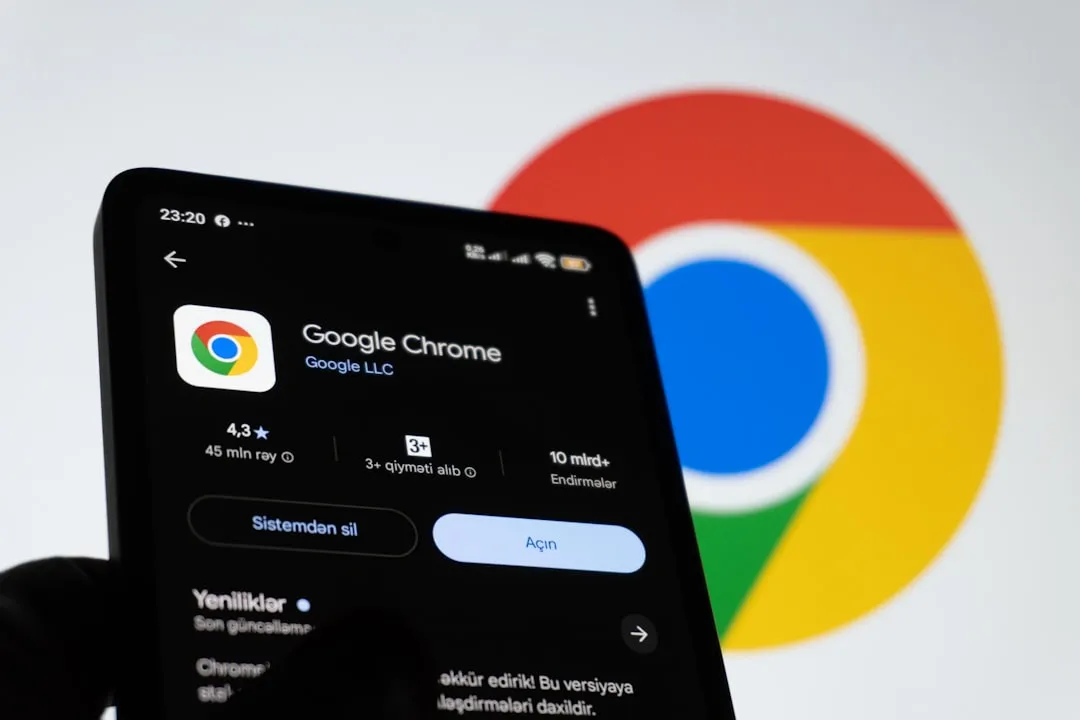

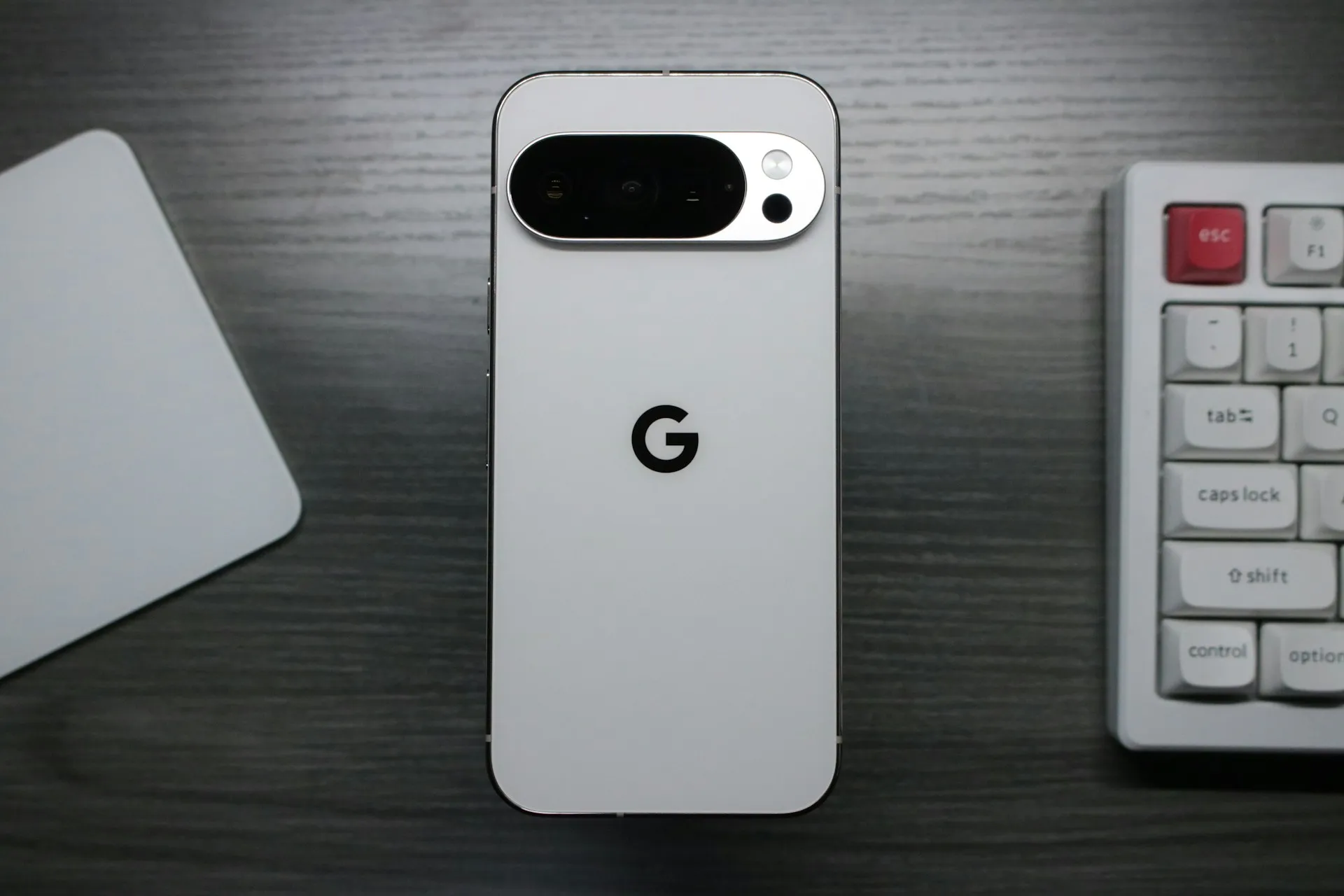
Comments
Be the first, drop a comment!